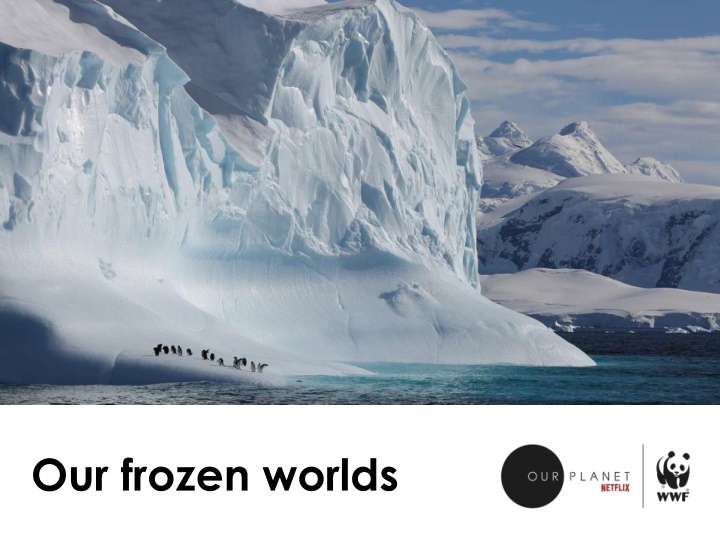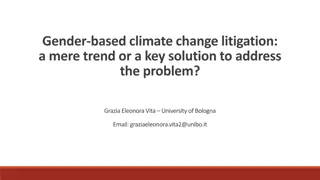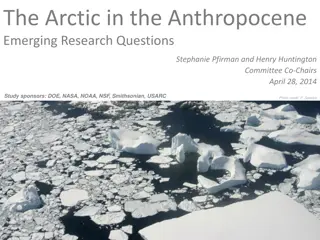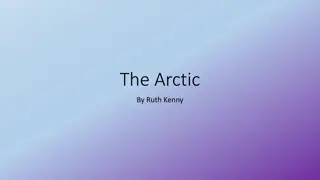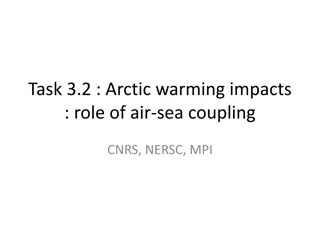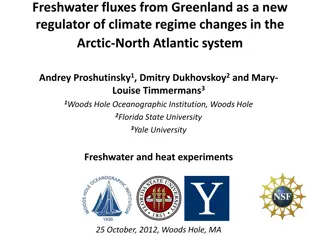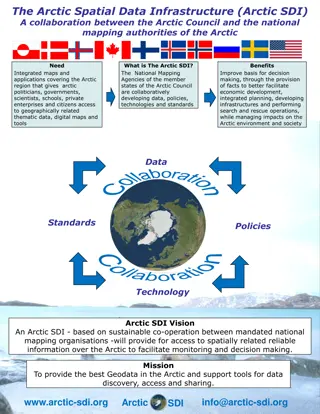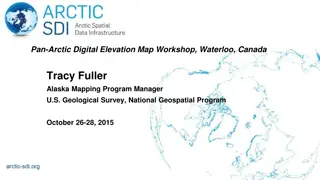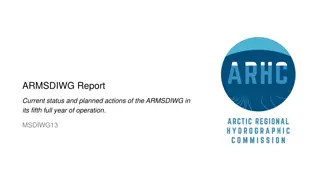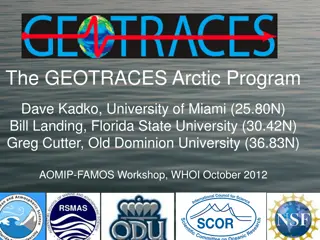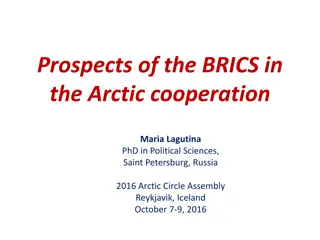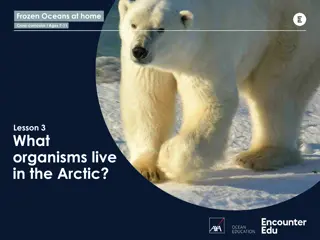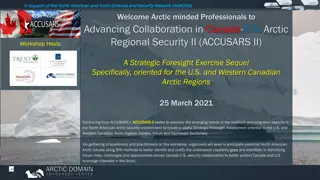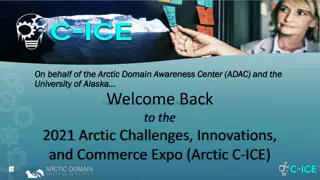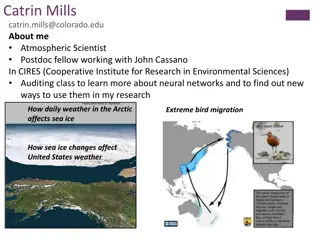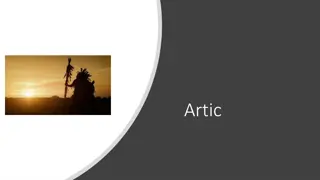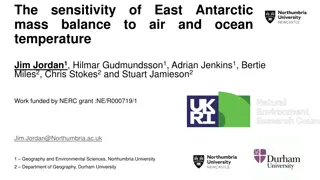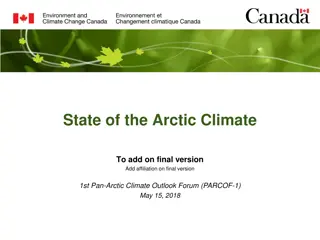Impact of Climate Change on Arctic and Antarctic Regions
Explore the consequences of global warming on our frozen worlds in the Arctic and Antarctica. Learn about the critical role of sea ice, the effects on wildlife like walruses and polar bears, and how changes in the polar jet stream are causing extreme weather events. Discover ways we can combat climate change by transitioning to renewable energy, conserving resources, and advocating for sustainable practices.
Download Presentation

Please find below an Image/Link to download the presentation.
The content on the website is provided AS IS for your information and personal use only. It may not be sold, licensed, or shared on other websites without obtaining consent from the author.If you encounter any issues during the download, it is possible that the publisher has removed the file from their server.
You are allowed to download the files provided on this website for personal or commercial use, subject to the condition that they are used lawfully. All files are the property of their respective owners.
The content on the website is provided AS IS for your information and personal use only. It may not be sold, licensed, or shared on other websites without obtaining consent from the author.
E N D
Presentation Transcript
Arctic Antarctica Where in the world?
icon.png Our frozen worlds
Krill Antarctica
The polar jet stream is a circle of fast-moving air currents created by the difference in temperature between the cold Arctic and warmer areas further south. Warmer Arctic temperatures weaken the polar jet stream, changing its shape and causing extreme weather further south. Burning fossil fuels releases carbon into the atmosphere, causing global warming that leads to loss of sea ice. As sea ice disappears, predators such as walruses and polar bears have to swim long distances from land to find food. Loss of sea ice reduces krill populations, meaning less food for many species. What s the problem?
Global change Replace fossil fuels with renewable sources of energy Individual actions Save energy Reuse, repair, recycle, share and borrow Eat more plants and cut down on meat Walk and cycle rather than drive Hold businesses to account Ask politicians to support renewable energy and make restrictions on emissions What can we do?
#OurPlanet www.ourplanet.com
